“Prepare summer tires in winter and winter tires in summer” - this simple rule regularly helps motorists save time, money and nerve cells. So it's time to take a look at our 2017 winter tire test and choose the very tires that are ideal for both weather and temperature conditions, as well as lifestyle and driving style.
Winter tire tests 2017-2018 (Behind the Wheel, Auto Review, ADAC, Auto Bild)
Tests of winter and summer tires, which are carried out every year by a number of qualified organizations, will help you not to get lost in the abundance of names, brands and brands. This includes:
ADAC Club
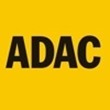 ADAC is a serious organization and has represented the interests of German car enthusiasts for over a century. The largest auto club in Europe checks car brands for quality and safety, and also regularly tests tires. It is difficult to achieve high marks for tire manufacturers from ADAC - their rigorous tests, carried out with true German thoroughness, can leave neither the bottom nor the tires from the tire. The usual results are "satisfactory" and it is rare for a tire to score a "good".
ADAC is a serious organization and has represented the interests of German car enthusiasts for over a century. The largest auto club in Europe checks car brands for quality and safety, and also regularly tests tires. It is difficult to achieve high marks for tire manufacturers from ADAC - their rigorous tests, carried out with true German thoroughness, can leave neither the bottom nor the tires from the tire. The usual results are "satisfactory" and it is rare for a tire to score a "good".
Behind the Wheel Magazine
 The oldest Russian magazine dedicated to motorists and their iron horses. Regularly tests tires popular and not very popular in the post-Soviet market in hot and cold weather, and also conducts interesting research such as "How temperature affects the length of the braking distance of a car."
The oldest Russian magazine dedicated to motorists and their iron horses. Regularly tests tires popular and not very popular in the post-Soviet market in hot and cold weather, and also conducts interesting research such as "How temperature affects the length of the braking distance of a car."
Auto Bild
 Car enthusiasts from over 35 countries around the world read licensed editions of the German Auto Bild magazine. The magazine presents not only automotive sports and industry news, but also comparative tests, test drives and, of course, tire testing in various interesting places - for example, AT tires for SUVs in a small Finnish village beyond the Arctic Circle.
Car enthusiasts from over 35 countries around the world read licensed editions of the German Auto Bild magazine. The magazine presents not only automotive sports and industry news, but also comparative tests, test drives and, of course, tire testing in various interesting places - for example, AT tires for SUVs in a small Finnish village beyond the Arctic Circle.
Autoreview
 The popular Russian (and formerly Soviet) edition "Autoreview" regularly conducts comparative tests of cars at the proving ground, crash tests using Euromethods with its own independent rating, and also tests car products, from fuel to baby car seats. Of course, tires are also on the list.
The popular Russian (and formerly Soviet) edition "Autoreview" regularly conducts comparative tests of cars at the proving ground, crash tests using Euromethods with its own independent rating, and also tests car products, from fuel to baby car seats. Of course, tires are also on the list.
Winter studded tire rating 2017-2018
Since the latest rubber tests are carried out during the peak season, the rating was based on the tests of tires R14, R15, R16, R17, carried out last winter... When distributing places in the list, the following were also taken into account: the popularity of the model in Russia, ratings, reviews and the cost of tires on the Yandex Market service.
Despite the differences in conditions, the testing of the best winter studded tires 2017-2018. are carried out according to a similar method:
- testing acceleration and braking dynamics on ice, snow, wet and dry asphalt;
- the time taken to cover a certain distance on different types of coverage;
- an assessment of the level of vehicle handling, its smoothness and how noisy the tires are.
10. Gislaved Nord Frost 200
Average cost - 5,570 rubles.
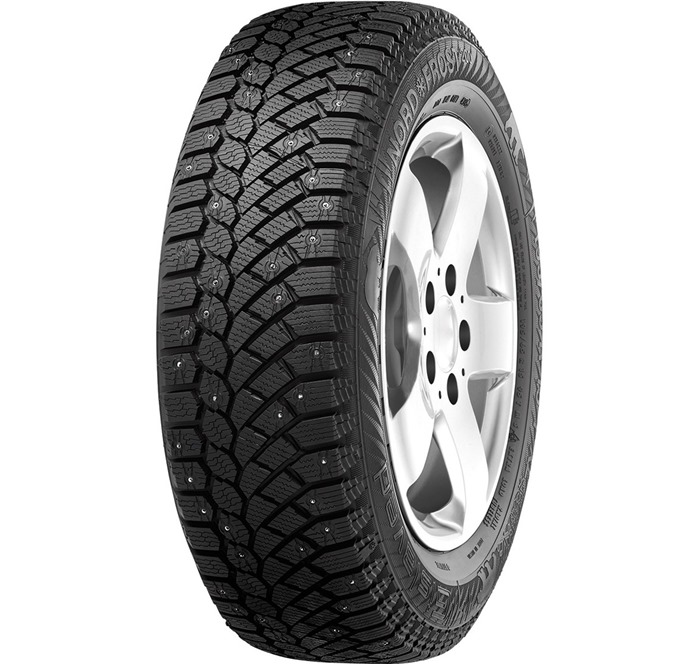 The rating of winter studded tires for 2017-2018 is opened by a new model from the Swedish company Gislaved. The main highlight of the two-hundredth model is an asymmetric tread pattern and a new ultra-light (less than 1 gram) stud in the shape of a three-pointed star.In general, the tires are quiet, soft, with good directional stability, adhere well to any surface - however, on fresh snow and ice it may require adjusting the driving style. On a slightly icy track, you should not accelerate more than 100 km on such tires, otherwise the car will drive.
The rating of winter studded tires for 2017-2018 is opened by a new model from the Swedish company Gislaved. The main highlight of the two-hundredth model is an asymmetric tread pattern and a new ultra-light (less than 1 gram) stud in the shape of a three-pointed star.In general, the tires are quiet, soft, with good directional stability, adhere well to any surface - however, on fresh snow and ice it may require adjusting the driving style. On a slightly icy track, you should not accelerate more than 100 km on such tires, otherwise the car will drive.
9. Cordiant Snow Cross
Price, on average - 5,982 rubles.
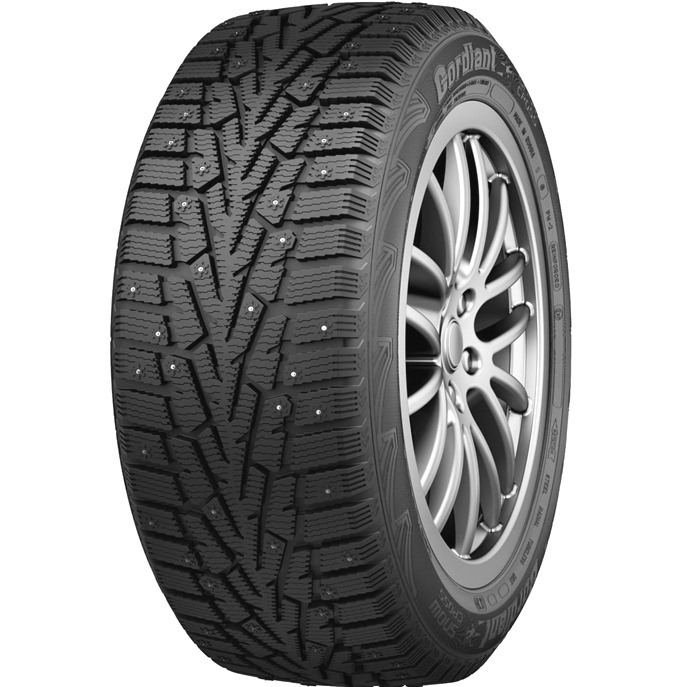 The very name of the tire says that its developers (the Russian company Cordiant) paid special attention to the behavior of the tire on the snow. The tread pattern is directional, the center of which is a closed rib, which in theory should significantly reduce the likelihood of aquaplaning in the snow. (Interesting, by the way, that this very pattern almost exactly copies the tread of the third place in the rating.) The result is good rubber at a budget price, which really rides on snow. True, asphalt is not given to her as well as snow.
The very name of the tire says that its developers (the Russian company Cordiant) paid special attention to the behavior of the tire on the snow. The tread pattern is directional, the center of which is a closed rib, which in theory should significantly reduce the likelihood of aquaplaning in the snow. (Interesting, by the way, that this very pattern almost exactly copies the tread of the third place in the rating.) The result is good rubber at a budget price, which really rides on snow. True, asphalt is not given to her as well as snow.
8. Dunlop SP Winter ICE 02
Average price - 8 600 rubles.
 A clear improvement over the ICE 01 both in terms of directional stability and noise reduction on asphalt. It is difficult to expect the response speed of more expensive rubber from the rubber of the middle price segment, but the Dunlop SP Winter ICE 02 fulfills its value 100%. Advantages: high cross-country ability, very strong sidewall, excellent spikes, rowing in a snowy mess. True, it does not feel very well on the asphalt, and it makes a noticeable noise, and at a speed above 90 km / h it causes increased fuel consumption.
A clear improvement over the ICE 01 both in terms of directional stability and noise reduction on asphalt. It is difficult to expect the response speed of more expensive rubber from the rubber of the middle price segment, but the Dunlop SP Winter ICE 02 fulfills its value 100%. Advantages: high cross-country ability, very strong sidewall, excellent spikes, rowing in a snowy mess. True, it does not feel very well on the asphalt, and it makes a noticeable noise, and at a speed above 90 km / h it causes increased fuel consumption.
7. Bridgestone Ice Cruiser 7000
Cost, on average - 6,670 rubles.
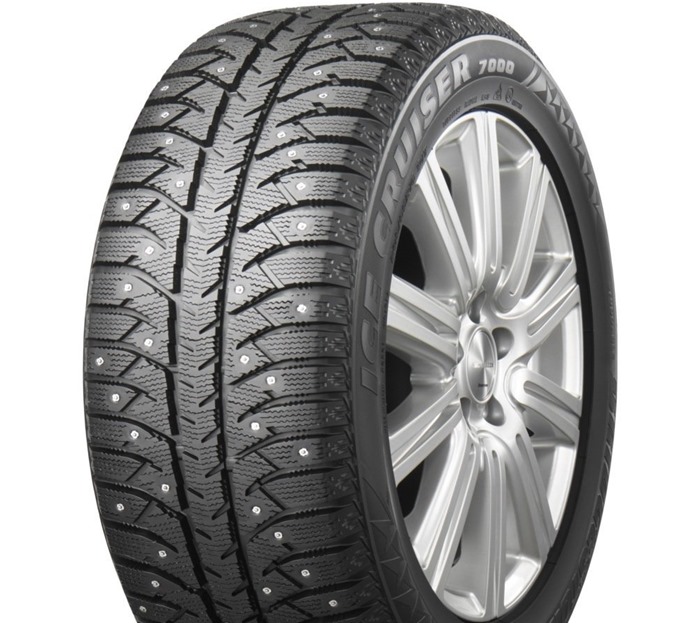 Good city tires with the ability to feel comfortable in not too deep snow. It rides well both on asphalt and on dense snow, the noise is within normal limits. It should be noted that it is best to use this rubber in central Russia, where temperatures rarely exceed -15 degrees. But Siberians with deep snow and prolonged frosts are better off thinking about a more hardy version.
Good city tires with the ability to feel comfortable in not too deep snow. It rides well both on asphalt and on dense snow, the noise is within normal limits. It should be noted that it is best to use this rubber in central Russia, where temperatures rarely exceed -15 degrees. But Siberians with deep snow and prolonged frosts are better off thinking about a more hardy version.
6. Nokian Nordman 5
The average cost is 2,410 rubles.
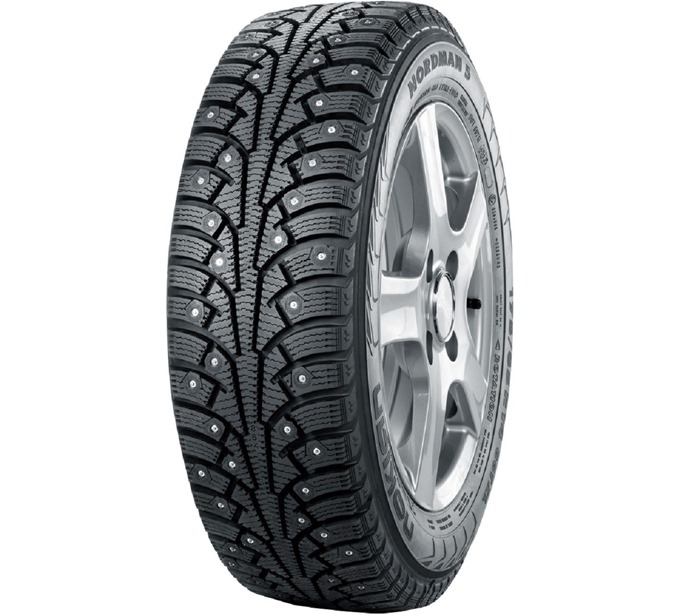 Nokian's Nordman series is a budget version of the famed Hakkapeliitta. Soft, comfortable, low-noise tires at a reasonable price, which feels good both on dry asphalt and on snow. On wet asphalt, based on reviews, it is better not to accelerate over 100 km. A good option for city dwellers in the "home - work - dacha" mode. Due to the softness of the rubber, it is difficult to get out of the rut, and you should be careful with curbs, branches and other sharp objects. But overall a great option in terms of price / quality.
Nokian's Nordman series is a budget version of the famed Hakkapeliitta. Soft, comfortable, low-noise tires at a reasonable price, which feels good both on dry asphalt and on snow. On wet asphalt, based on reviews, it is better not to accelerate over 100 km. A good option for city dwellers in the "home - work - dacha" mode. Due to the softness of the rubber, it is difficult to get out of the rut, and you should be careful with curbs, branches and other sharp objects. But overall a great option in terms of price / quality.
5. Continental IceContact 2
You can buy, on average, 4,860 rubles.
 While the previous Top 10 was primarily designed for urban driving, Continental's IceContact 2 is best off-road. Feels great at low temperatures both on snow and on crust or ice, is able to take its owner anywhere. A big advantage is the many spikes (there are 196 of them). There is no hum from these tires.
While the previous Top 10 was primarily designed for urban driving, Continental's IceContact 2 is best off-road. Feels great at low temperatures both on snow and on crust or ice, is able to take its owner anywhere. A big advantage is the many spikes (there are 196 of them). There is no hum from these tires.
But on wet, frozen or snowy asphalt, extra care must be taken. Also, not the best reviews deserved the "behavior" of the rubber on the snow porridge, where it begins to scour.
4. Nokian Hakkapeliitta 8
It is offered, on average, for 10 260 rubles.
 Although the G8 is a newer model in the Hakkapeliitta range, it is slightly less popular than its predecessor. One of the main reasons is the very soft sidewall, as a result of which you will have to carefully select the discs and, despite the excellent cross-country ability, carefully choose the places to ride. Otherwise, hernias and cuts. But this rubber is very predictable, has a large number of studs (190 pieces) and goes well on ice and packed snow.
Although the G8 is a newer model in the Hakkapeliitta range, it is slightly less popular than its predecessor. One of the main reasons is the very soft sidewall, as a result of which you will have to carefully select the discs and, despite the excellent cross-country ability, carefully choose the places to ride. Otherwise, hernias and cuts. But this rubber is very predictable, has a large number of studs (190 pieces) and goes well on ice and packed snow.
3. Nokian Hakkapeliitta 7
It is sold, on average, for 7,100 rubles.
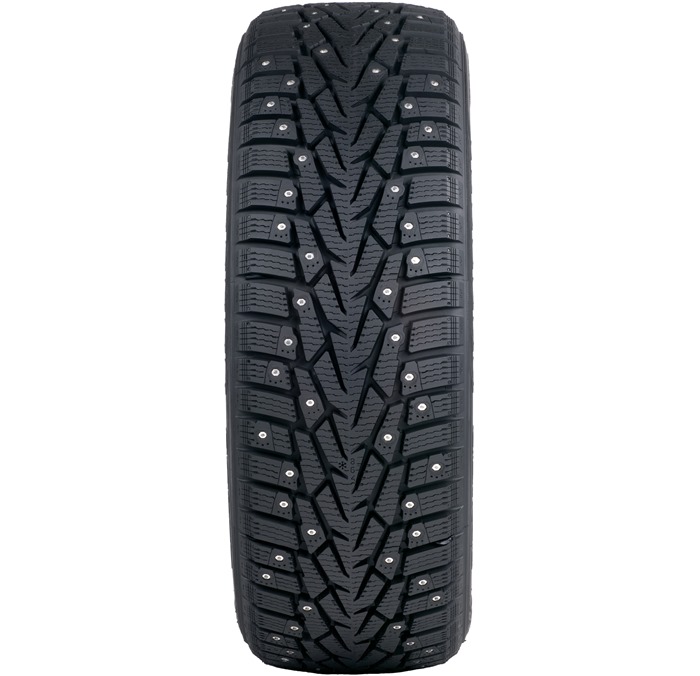 It differs from the eighth model in a smaller number of spikes (by 30%), but its hexagonal anchor spikes are longer and heavier. They use a technology called "bear claw", which prevents the stud from tilting, thereby improving grip.Quiet, reliable, albeit expensive rubber, which, despite the generation, enjoys a high reputation among motorists. Feels good both on snow and on ice and asphalt, while being hardy and strong. However, like the eighth version, the Hakkapeliitta 7 has a very soft sidewall and this is felt when the steering wheel is turned sharply.
It differs from the eighth model in a smaller number of spikes (by 30%), but its hexagonal anchor spikes are longer and heavier. They use a technology called "bear claw", which prevents the stud from tilting, thereby improving grip.Quiet, reliable, albeit expensive rubber, which, despite the generation, enjoys a high reputation among motorists. Feels good both on snow and on ice and asphalt, while being hardy and strong. However, like the eighth version, the Hakkapeliitta 7 has a very soft sidewall and this is felt when the steering wheel is turned sharply.
2. Nokian Hakkapeliitta 9
Average price - 9,080 rubles.
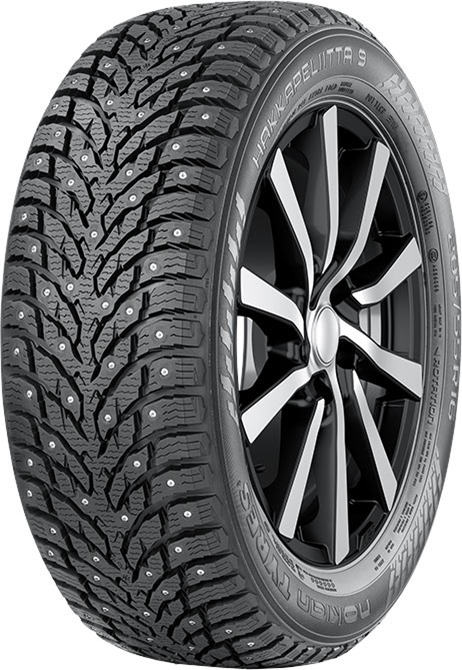 And here is the next generation of the illustrious line. The fruit of four years of development efforts by the Finnish company is said to exceed the characteristics of the G8 by 5-10%. The biggest highlight of the new model is the two types of studs (although in general there are slightly fewer than the predecessor), which should improve lateral grip on snowy or icy roads. And changes in the rubber composition will help the tire feel better in low temperatures. So far, according to preliminary tests, the tires promise to be excellent, but the chickens are counted in the fall - when the mass sales of the Nine will begin.
And here is the next generation of the illustrious line. The fruit of four years of development efforts by the Finnish company is said to exceed the characteristics of the G8 by 5-10%. The biggest highlight of the new model is the two types of studs (although in general there are slightly fewer than the predecessor), which should improve lateral grip on snowy or icy roads. And changes in the rubber composition will help the tire feel better in low temperatures. So far, according to preliminary tests, the tires promise to be excellent, but the chickens are counted in the fall - when the mass sales of the Nine will begin.
1. Pirelli Ice Zero
On average, it costs 15 550 rubles.
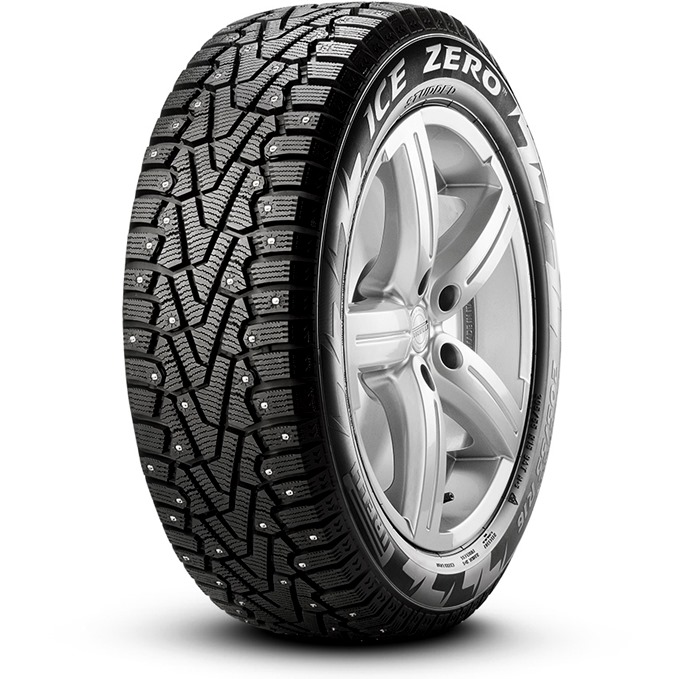 Paradoxically, it turned out that the Italians know better about the production of winter studded rubber than the inhabitants of snowy Scandinavia. One of the highlights of the model is the original double carbide studs, which provide the tire with excellent ice performance.
Paradoxically, it turned out that the Italians know better about the production of winter studded rubber than the inhabitants of snowy Scandinavia. One of the highlights of the model is the original double carbide studs, which provide the tire with excellent ice performance.

Other advantages: high cross-country ability, good acceleration and braking performance on snow and ice, high directional stability. And endurance - there are chances to bring the tires to retirement with a full set of studs. Excellent, almost universal rubber for winter conditions, feels good both on asphalt and outside the city. True, the noise level is quite high. And the price "bites".
What winter tires are better to choose in the end
So which winter tires are best for you? The 2017 ranking includes both urban rubber types and tires designed for more severe weather conditions. For frequent off-road driving, Pirelli Ice Zero, Continental IceContact 2 or Dunlop SP Winter ICE 02 are perfect. For quiet city driving, it is better to choose the Bridgestone Ice Cruiser 7000, Nokian Nordman 5 or Nokian Hakkapeliitta 8. Otherwise, when choosing tires, you should first consider temperature conditions, and the surface to be driven on.

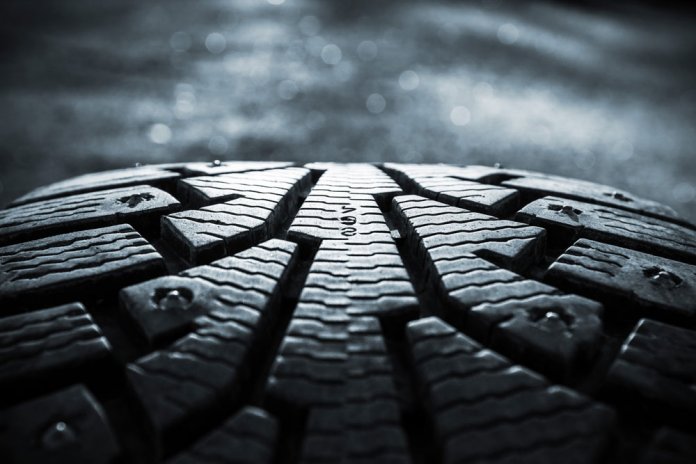
What nonsense with the cost, we open ContiICe contact 225 50 17 8300, Pirelli 10500, Nokian Nordman 7000 rubles. If only they checked the data or indicated for what size write the cost. Prices from the same aforementioned Yandex market.
Vasily, the average cost is indicated based on all sizes on the Market.
I skated two seasons on hack 8 (vaz 2114, 165 * 60 * 14), now I took a Foltz jet, on an ultra grip, I will definitely put hack8, but it is expensive, but it makes a lot of noise, but forgives a lot on the road!
On thorns? And where do you mostly exploit? City?
I've been driving Viatti for the second year. On average, no worse than Pirelli